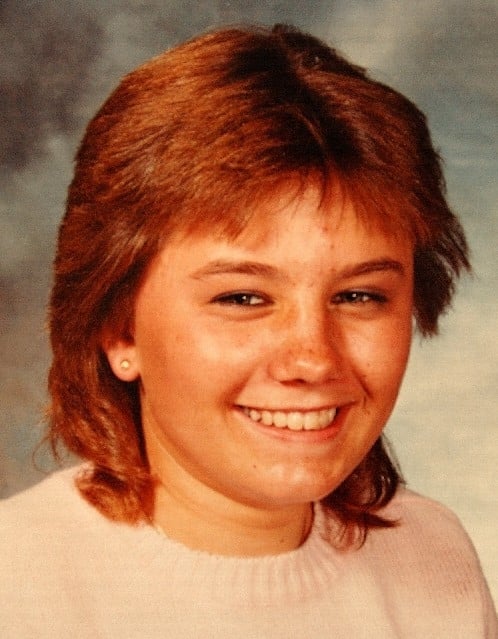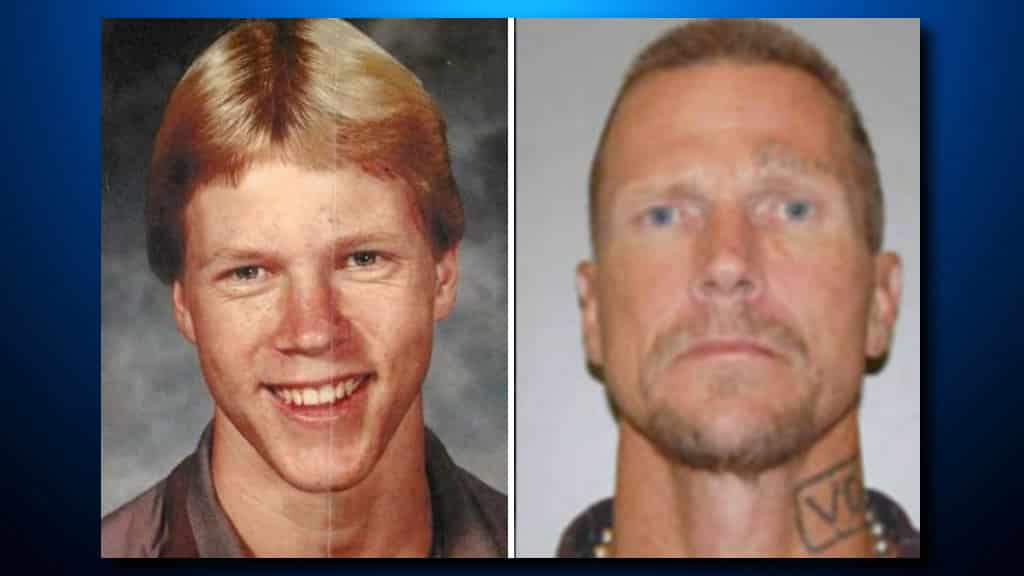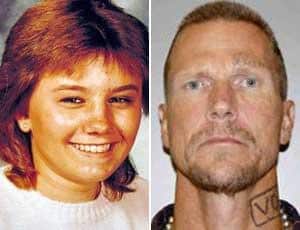It seemed like the perfect crime. In 1984, fourteen-year-old Tina Faelz died from forty-four stab wounds, murdered, and stashed in a blind spot in Pleasanton, California. The body was left in a drainage ditch a short walk away from her house.
There were no witnesses to Tina Faelz’s murder. There were no witnesses, barely any physical evidence at the scene, and every suspect had an alibi when she disappeared. This seems like it would be unheard of in the modern era.

Home surveillance like Ring and Nest put eyes on residential streets, making it much more challenging to get away with a crime like this without leaving a witness. Phones let police track your movement and check that you are where you say you are if you’re a suspect. As a result, Steve Carlson almost got away with the murder and lived free for well over twenty years.
Joshua Suchon’s true-crime story Murder in Pleasanton: Tina Faelz and the Search for Justice tells this remarkable story of a murder investigation that started strong but fizzled out into a cold case. It tells the story of a mistrustful community, drug and alcohol abuse, and resentment towards the police, who failed to give the story an ending. Most importantly, it tells the story of DNA testing, a new science at the time that would someday solve the case.
Steve Carlson Was Always A Suspect
When you think of a cold case, you typically think the police are lacking convincing suspects. For example, Joseph DeAngelo wasn’t even on the police’s radar as the Golden State Killer.

In this case, Steve Carlson was one of the suspects early on, but they couldn’t directly tie him to the murder. Carlson was antisocial and alcoholic. Before he eventually moved away from Pleasanton, Carlson had even implied to his peers that he had a part in her murder. He also repeatedly refused to deny his involvement in Tina Faelz’s murder to his peers.
Little did he know, he left one critical piece of evidence behind, a speck of blood. One of the only pieces of evidence left at the scene was Tina Faelz’s purse. Police found it covered in blood hanging from a tree, thrown there by the murderer. Unfortunately, there was nothing the investigators could do with 1980s forensic technology. The purse sat silently in storage as the case grew colder and colder.
The Tina Faelz Case Years Later
By 2011, almost three decades since Tina Faelz’s death, DNA testing had come a long way. At FBI headquarters in Quantico, the FBI ran some tests on the purse that revealed something interesting – the blood wasn’t just Faelz’s. They found some male DNA mixed in, and they were sure it belonged to Steve Carlson. Funny enough, Carlson would have skated by if his DNA wasn’t already in their database. Sadly, his addiction landed him in jail many times over the last few years.

Because there’s no statute of limitations for murder, the police immediately arrested Steve Carlson. At the center of the case was the purse, which was the only compelling piece of evidence the prosecution had. Carlson’s defense tried to argue that there’s no way to determine when his blood came in contact with her purse, and the court should throw it out. Thankfully, the judge allowed the purse as evidence.
The absence of any biological material except her and Carlson’s blood left the jury without any doubt. Carlson had murdered Tina Faelz. The overwhelming evidence and the fact that he stabbed her forty-four time led the court to convict him of murder in the first degree. The state sentenced him to twenty-six years in prison.
In 2017, a Court of Appeal reduced his sentence to second-degree murder. The reasoning was that the prosecution was unable to prove the murder was premeditated.
Steve Carlson’s Confession
For a long time, Steve Carlson maintained his innocence. More recently, the parole board shared letters Faelz wrote to Tina and her family as part of the parole process. In these letters, he finally admitted to the 1984 murder and revealed what happened that day.
On the day of the murder, Steve Carlson was bullied and thrown in a Foothill High School dumpster by the football team. He didn’t intend to kill Faelz, but he was drunk and angry about the earlier confrontation.
The enraged Carlson grabbed a kitchen knife and walked across the street into a field where Tina Faelz happened to be taking a shortcut home from school and murdered her.
Now the state reduced his charges to 2nd-degree murder, he is up for parole in 2023.
- Tulip Mania – The Story of One of History’s Worst Financial Bubbles - May 15, 2022
- The True Story of Rapunzel - February 22, 2022
- The Blue Fugates: A Kentucky Family Born with Blue Skin - August 17, 2021
